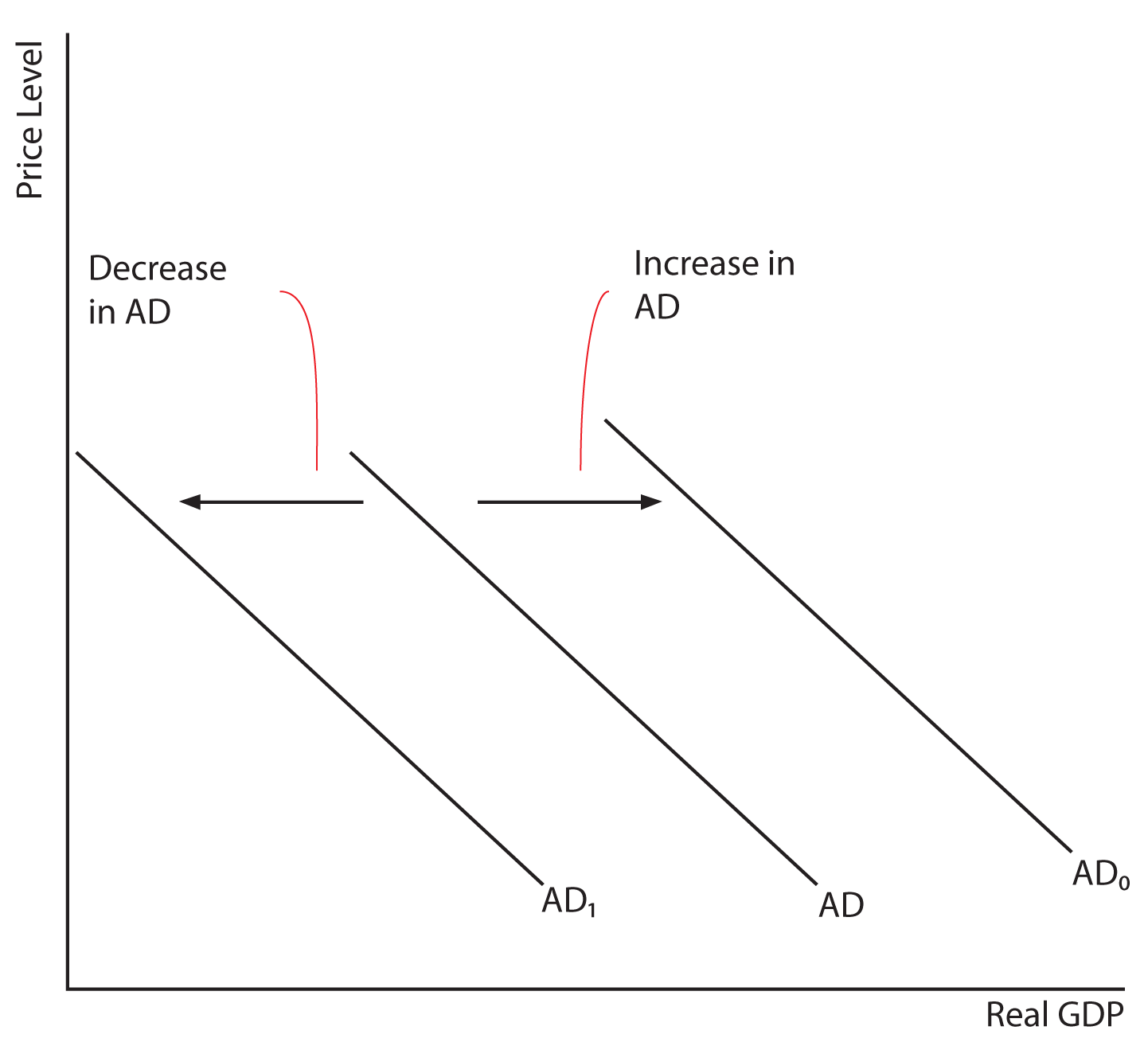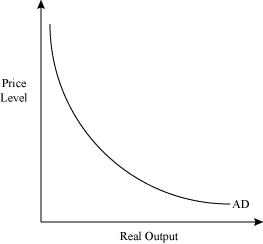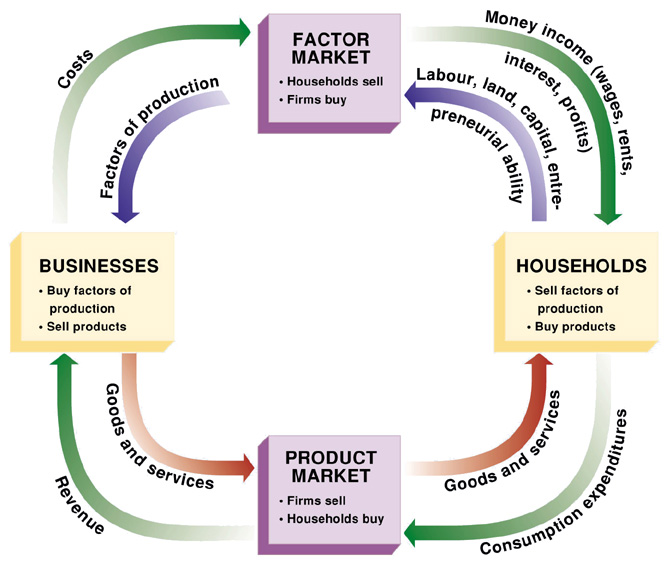Macroeconomics vs. Microeconomics
- Macroeconomics: the study of the economy as a whole.
- minimum wage
- international trade
- supply and demand
- Microeconomics: the study of individual or specific unit of economy.
Positive Economic vs. Normative Economics
- Positive economic: claims that attempt to describe the world as is.
- Collects & presents facts
- Normative economic: claims that attempt to prescribe how the world should be.
- "Ought to be" and "should be" opinion
Needs vs. Wants
- Needs: basic requirement for survival (food, water, shelter, clothes)
- Wants: desire of citizens
Goods vs. Services
- Goods: tangible commodities
- Capital good: items used in creation of other goods such as factory machines and trucks.
- Consumer good: goods that are used for consumers.
- Service: work that is performed for someone.
Scarcity vs. Shortage
- Scarcity: the most fundamental economic problem that all societies face. Were trying to satisfy unlimited wants with unlimited resources.
- Shortage: quantity demanded is greater than quantity supply.
Factors of Production
Resources required to produce goods and services.
- Land-natural resources
- Labor-work force
- Capital
- Physical capital (tools, machinery, robots, factories)
- Human capital (skills, talents, and knowledge)
- Entrepreneurship
Trade-offs: alternatives that we give up whenever we chose one course of action over another.
Opportunity cost: form of trade-off. Next best alternative.
Production Possibility Curve (PPC)
It showed alternative ways in how to use a country's resources.
Four Assumptions of PPG
- Two goods: resources are used to produce one or both of only two goods.
- Fixed resources: the quantities of land, labor, capital, and entrepreneurship resources do not change.
- Fixed technology: the information and knowledge that society has about the goods and services is fixed..
- Technical efficiency:
Efficiency
Using resources in such a way in maximize the production of goods and services
- Allocative efficiency: the products being produced are the ones being desired by society.
- Productive efficiency: products are being produced in the least costly way.
- Under-utilization: using fewer resources than the economy is capable of using.
What Causes the PPC to Shift?
- Technological change
- Change in resources
- Economic growth
- Change in the labor force
- Natural disasters/war/famine
- More education (human capital)
Elasticity of Demand
A measure of how consumers react to a Δ in price.
- Elastic Demand: demand that is very sensitive to a Δ in price. The product is not a necessity and there are available substitutes. E > 1
- Inelastic Demand: demand that is not very sensitive to a Δ in price. The product is a necessity, there are a few substitutes and people will buy no matter what. E < 1
- Unit/Unitary Demand: E = 1
Cost of Production
- Total Revenue: the total amount of money a firm receives from selling goods and services. P x Q = TR
- Fixed Cost: a cost that does not change no matter how much of a good is produced.
- Variable Cost: a cost that rises or falls depending on how much is produced.
- Marginal Cost: the cost of producing one more unite of a good. TCnew - TCold
- Formula:
- TFC+TVC=TC
- AFC+AVC=ATC
- TFC/Q=AFC
- TVC/Q=AVC
- TC/Q=ATC
- TFC=AFC x Q
- TVC=AVC x Q
Price Elasticity of Demand (PED)
Step 1: Quantity (New quantity - Old quantity)/Old quantity
Step 2: Price (New price - Old price)/Old price
Step 3: PED (% Δ in quantity demanded)/% Δ in price
Supply and Demand
- Supply: the quantities that producers or sellers are willing and able to produce at various prices.
- Law of Supply: there is a direct relationship between price and quantity supply.
- Change in Supply:
- Δ in expectation
- Δ in weather
- Δ in # of suppliers
- Δ in cost of production
- Δ in taxes or subsidies
- Δ in technology
- Demand: the quantities that people are willing and able to buy at various quantities.
- Law of Demand: states there is an inverse relationship between price and quantity demanded.
- Change in Demand:
- Δ in buyer's taste (advertisement)
- Δ in # of buyers (population)
- Δ in price of related goods
- complementary goods
- substitute goods
- Δ in income
- normal good: an increase in income that causes an increase in demand.
- inferior good: an increase in income causes a fall in demand.
- Δ in expectation (future)
- Equilibrium: the point at which the supply curve and the demand curve intersect. All resources are being efficiently used.
- Excess demand: occurs when the quantity demanded is greater than the quantity supplied.
- Price ceiling: occurs when the government puts a legal limit on how high the price of a product can be.
- Excess supply: occurs when the quantity supplied is greater than the quantity demanded.
- Price floor: the lowest legal price a commodity can be sold at.












